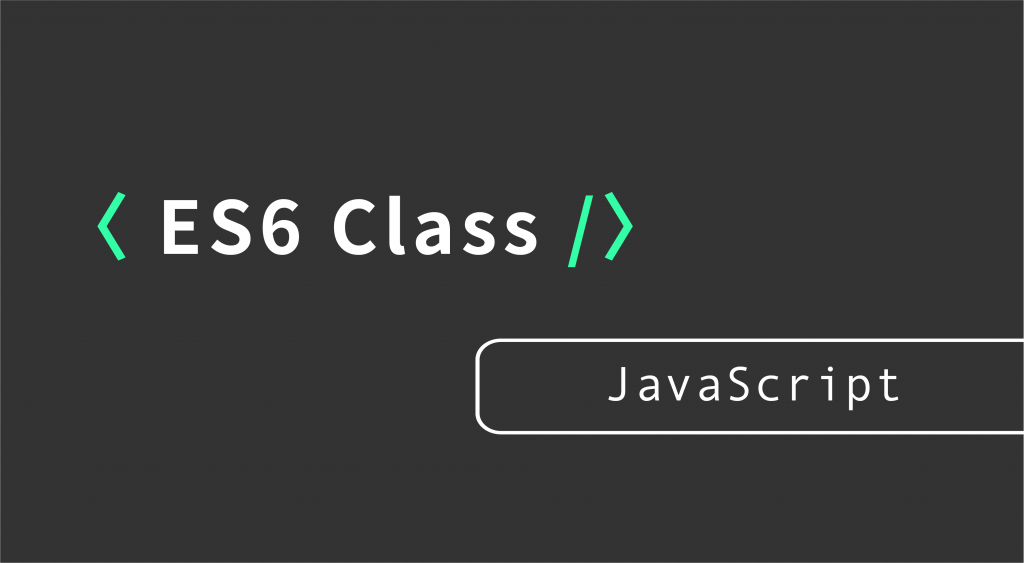
ES6 中新增了類別 (class) 來實現原型繼承,但他並不是一種新原型繼承方式,只是以前原型繼承的語法糖,提供更簡潔的語法來建立物件和處理繼承!
這邊也來看看 ESLint airbnb 相關規則:
9.1 總是使用 class,避免直接操作 prototype。
這麼猛?!看來是必學ㄌ!今天就來練習看看基本使用方式ㄅ~
在開始之前,先來看一下原型繼承的小範例:使用構造函數 Friend 建立朋友名單,並建立方法 hello() console.log 出朋友的資訊:
// 構造函數
function Friend(name, height) {
this.name = name;
this.height = height;
}
// 建立方法
Friend.prototype.hello = function () {
console.log(`哈嚕~我是${this.name},身高${this.height}`);
};
const QQ = new Friend('映萱', '152');
const BB = new Friend('阿華', '186');
QQ.hello(); //哈嚕~我是映萱,身高152
BB.hello(); // 哈嚕~我是阿華,身高186
接下來就來看看 class 如何實作以上的例子唄!
使用 class 關鍵字宣告:
class Friend {
...
}
constructor 建立構造函數:class Friend {
// 構造函數
constructor(name, height) {
this.name = name;
this.height = height;
}
}
class Friend {
// 構造函數
constructor(name, height) {
this.name = name;
this.height = height;
}
// 建立方法
hello() {
console.log(`哈嚕~我是${this.name},身高${this.height}`);
};
}
這邊要特別注意:class 中的大括弧後方是不能有逗號 , 的,否則會報錯哦!
new :const QQ = new Friend('映萱', '152');
const BB = new Friend('阿華', '186');
QQ.hello(); //哈嚕~我是映萱,身高152
BB.hello(); // 哈嚕~我是阿華,身高186
以上就是今天的小小練習啦~class 使用相當簡潔的方式達到了原型繼承相同的結果!真是方便!對我這個菜逼八來說感覺好理解多ㄌ~

 iThome鐵人賽
iThome鐵人賽
 看影片追技術
看更多
看影片追技術
看更多